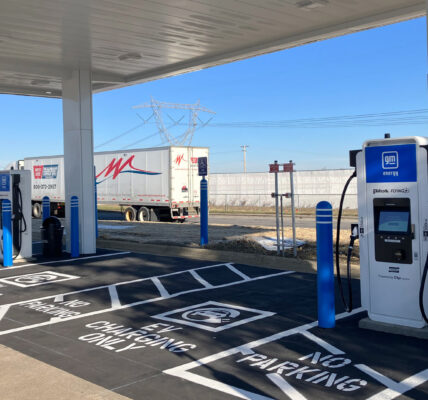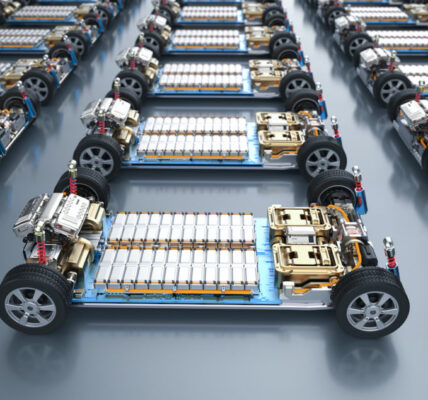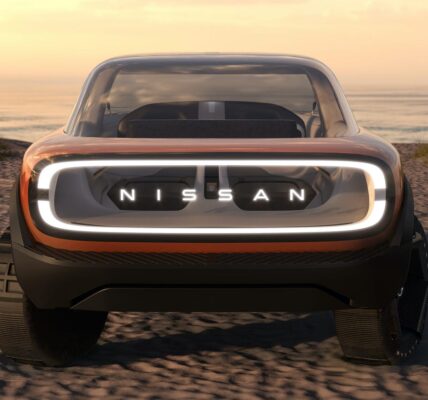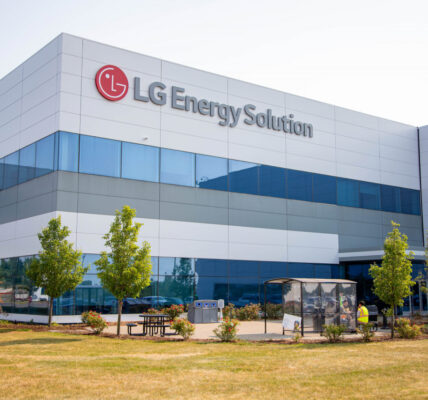Let’s dive deeper into the electrifying waters of lithium-ion batteries, where the University of Liverpool’s recent breakthrough is making waves. Their latest technology promises a future where “fast” is an understatement when it comes to charging our electric chariots and techno-gadgets.
In this brave new world, conventional lithium-ion batteries, dependable but somewhat sluggish beasts, are on the brink of evolution. Enter the scene: a novel solid material that treats lithium ions like VIP guests on a red carpet, speeding up the energy transfer process with the grace and urgency of a celebrity late for the premiere.
This isn’t just an upgrade; it’s a revolution in a battery casing, ready to catapult electric vehicles and personal electronics into a new era of efficiency and convenience. The implications of such a leap forward are profound, offering a tantalizing glimpse into a future where waiting for devices to charge could become a quaint notion of the past.
But wait, there’s more! Imagine electric vehicles that flirt with the horizon, no longer tethered by the dread of running out of juice. This innovation could turn EVs from the promising “next big thing” into the only thing, driving us away from the smoggy embrace of fossil fuels towards a cleaner, brighter future. And let’s not forget the potential for our beloved smartphones, laptops, and wearable tech, all filled with lithium-ion batteries thirsting for a sip of that sweet, fast-charging nectar.
The very fabric of our daily lives could soon transform as these devices become ever more integral to our personal and professional pursuits.
Lithium-Ion Batteries Still Have a Ways to GoYet, as we dream of this electrified utopia, we must navigate the bumpy road from lab to market. Scaling up, ensuring these next-gen batteries play nice with existing tech, and doing so without breaking the bank are just a few challenges that lie ahead. The path is fraught with technical and logistical hurdles, yet each step forward is a testament to human ingenuity and determination.
While the journey towards innovation remains paved with obstacles, what’s a little turbulence on the flight towards progress? The quest for a better tomorrow is an invitation to embrace change, to rethink the possible, and to push the boundaries of what we dare to imagine.
As this battery breakthrough charges from the labs of the University of Liverpool into the annals of potential history, we stand on the cusp of a power revolution.
It’s a tale of innovation, where the heroes wield patents instead of swords, battling not dragons but the drag of outdated technology. The narrative is rich with the promise of transformation, a saga of how human curiosity and creativity can overcome the inertia of the status quo.
Fast Charging Propels Us Towards a World of Endless EnergySo, as we gear up for a future powered by supercharged lithium-ion batteries, let’s relish the thought of living in a world where the chains of slow charging no longer bind our electric dreams, or lithium-ion batteries. A world where our biggest concern is not the dwindling bars of battery life, but how to spend the abundance of time and energy at our disposal. In this electrified future, “fast charging” is not just another feature. Instead, it’s a way of life, propelling us towards a horizon brimming with potential, powered by the genius of human innovation and the unstoppable force of progress.
In this high-voltage future, we’re not just moving forward but charging ahead, leaving the old world of waiting and worrying in the dust. So, let’s buckle up and enjoy the ride, because the road ahead is electric and lit with the bright sparks of imagination and ingenuity. The dawn of this new era beckons – a beacon of hope and a testament to the boundless potential of human achievement. Together, we stand at the threshold of a new age, ready to embrace the myriad possibilities that lie ahead.








